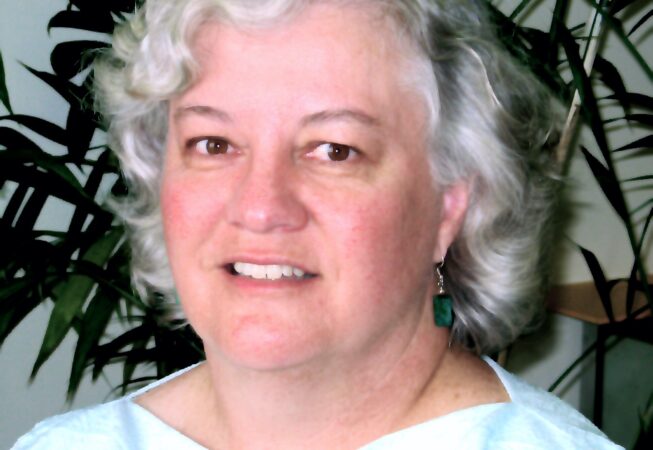Interactions Among Bee Species: How Do Honey Bees Affect Other Species of Bees?
Over 4,000 different species of bees are found in the United States. All these bees share the need for pollen and nectar for reproduction. Unfortunately, one of the major causes of poor bee health is the lack of floral resources or “bee pasture”, which has been exacerbated by high temperatures and drought in the western states. Concerns about the impacts of honey bee apiaries or colonies on other bee species is causing some to restrict the placement of honey bees. In this talk, I will present data from our 3-year study that asked how honey bees interact and affect other species of bees. We did experiments both in cages and in the field to answer this question. Experiments in cages generated competition by restricting the bees over a set amount of floral resources. In this restrictive environment that lacked unlimited floral resources, we did find that reproduction and colony growth was negatively impacted for honey bees, bumble bees, and solitary bees equally. We also examined the interactions of bees on flowers and did not find any “bullies” or aggressors among the different types of bees. We then extended our research to a natural wild setting and examined the impact of a honey bee apiary on sentinel bumble bee colonies and sentinel solitary bees, as well as the endemic native bees. We examined reproduction, floral interactions, and disease/health of the bees. We found no evidence for competition by the honey bees with the other species, but our research does help reveal the importance of defining the carrying capacity of a location (how much food and how many mouths to feed). The list of factors and consumers impacting carrying capacity is expanded when other land uses and weather are considered.
Commercial Pollination of Fruit and Nut Crops: Synergistic Interactions Between Honey Bees and Managed Blue Orchard Bees
Several fruit and nut crops require pollination by bees for fruit and nut set. The demand for honey bee colonies is critical for some of these crops, since growers are often required to have a set number of hives per acre. Weather can also affect pollination by honey bees if the temperatures are too cold or there is too much rain. In this talk, I will describe our research that has demonstrated how honey bees and the blue orchard bees can work together in an orchard to give synergistically higher fruit set. I will describe how the two bees can be used together. I will discuss the lifecycle of the blue orchard bee, how it can be managed, and the potential for a bee keeper to potentially manage both species. I will also describe our research that examines the impacts of pesticides on both species and their health. The role of the pesticides at sublethal levels or chronic exposures on bee health will be discussed.
Diana Cox-Foster is a Research Leader and Entomologist at USDA-ARS Pollinating Insects Research Unit (PIRU) in Logan, Utah. PIRU focuses on biology, management, and systematics of all bee species. Stakeholders include bee keepers, bee managers, growers who use Apis and non-Apis bees for pollination, and land managers of natural ecosystems. PIRU has the US National Pollinating Insect Collection, with research on conservation of bee biodiversity. Cox-Foster examines the impact of pathogens and pesticides on bee health, for honey bees, bumble bees, and solitary bees. Cox-Foster received a BS in Entomology and Zoology at Colorado State University and a MS and PhD in Entomology at University of Illinois at Urbana-Champaign. Cox-Foster gained skills in molecular biology as a post-doc at Vanderbilt University. In 1987, Cox-Foster joined Penn State University as a faculty member and served as a full professor. At PSU, Cox-Foster was one of the initial scientists responding to colony collapse disorder in honey bees and co-director of the CCD working team. She transitioned to USDA-ARS in October 2015.

